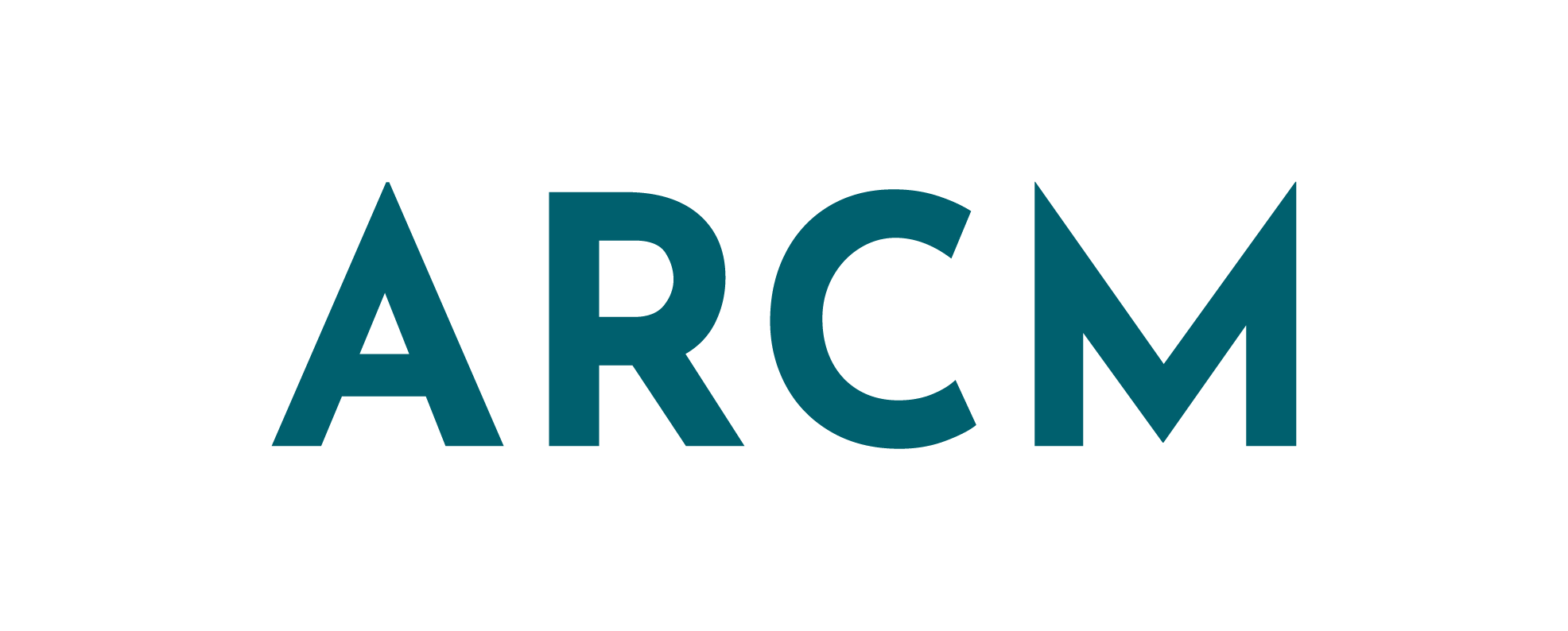Recently, more and more clients have been asking me to do keyword research, whether as part of website projects or technical SEO support.
Back in the day (when I used to work in an office), “love a spreadsheet” was basically my catchphrase. So, of course, when folks ask me to dig into the data I am 100% here for it.
Keyword research can feel like a bit of a clusterfuck
But there are two tools I couldn’t do it without. So it only felt fair to share them with you and how I use them in my keyword research process for website copy, sitemap planning, long-form SEO content, and content strategy.
Keyword research is one of the earliest steps in both website copy projects and creating topic clusters, so it’s important you have the right tools in place from the start.
Psst: this blog contains 2 affiliate links (one for each tool). You should know by now that I’m not in the business of getting people to spend money they don’t need to. I will only ever have affiliate links for tools and products I actively use. In fact, these are the only two I have.
If you find affiliate links icky, totally fair. You can find both tools pretty easily on our good friend Google.
Tool 1: SE Ranking (for all of the SEO things)
SE Ranking is the tool I use to manage all things SEO for both my own site and all of my clients. It is so much more reasonably priced than just about all of their competitors (Moz, Semrush, Ahrefs, etc.). And this makes it affordable for freelancers like me and I highly recommend it for anyone working in-house.
SEO and reports functionality I use all the fucking time:
- Keyword research
- Competitor research
- Ranking tracking (weekly or monthly reports)
- Backlink tracking
- Analytics (much more usable than GA4 in my opinion)
- Guest access to analytics (without logging into the whole system)
- Website audits
I use the ranking tracker, competitive research, and keyword research tools in SE Ranking to generate keyword research for my clients.
The data is then organised into a giant spreadsheet that covers currently ranking, specified competitor rankings, and (if applicable), keyword research specific to different products and services.
The final stage is to go through the data in the spreadsheet and identify key opportunities for my client based on things like competition, search volume, and search intent.
Start a free trial with SE Ranking (affiliate)
Then, there is a separate bunch of research I do for FAQs and longer form content.
SEO tool 2: Also Asked
Now this is a tool I’ve used for years. Bloody love it. However, recently I’ve signed up for the paid version and it is so unbelievably worth it.
Not that you would know from their website (I have spoken to the chap who runs it and they’re going to be making some changes to the site layout).
Anyway, Also Asked uses data from the People Also Ask section of Google search results. To do what? Tell you what people are searching for related to your keyword/phrase.
I use Also Asked to plan:
- FAQ pages/sections
- Pillar pages
- Cornerstone content
- SEO content strategy
- Blogs
And when I used to do eBooks/whitepapers, I’d also use them to plan that. Just because a PDF isn’t going to rank, doesn’t mean you can’t find value in the questions people are asking.
You can access 3 searches per day for free. The paid plan offers significantly more information, including which URLs are ranking for those questions and who is turning up in the PAA sections. Extremely valuable information when planning your content. Plus, access to a shit ton more searches.
Have a snoop around Also Asked (affiliate)
This blog has been adapted from my newsletter, Thusfar, Untitled. If you’d like SEO, content strategy, and website copywriting tips in your inbox every two weeks, you can sign up here.

